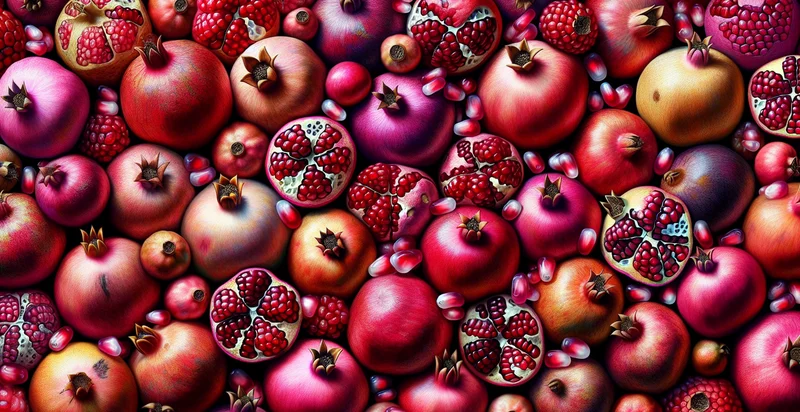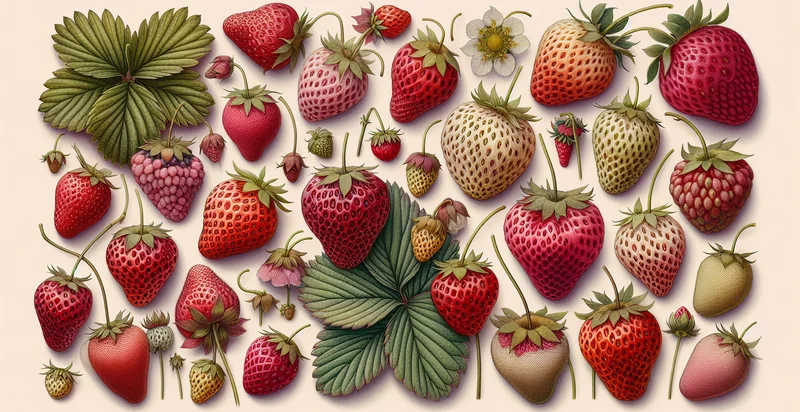Identify pomegranate species
using AI
Below is a free classifier to identify pomegranate species. Just upload your image, and our AI will predict the species of pomegranate depicted in the image - in just seconds.

Contact us for API access
Or, use Nyckel to build highly-accurate custom classifiers in just minutes. No PhD required.
Get started
import nyckel
credentials = nyckel.Credentials("YOUR_CLIENT_ID", "YOUR_CLIENT_SECRET")
nyckel.invoke("pomegranate-species", "your_image_url", credentials)
fetch('https://www.nyckel.com/v1/functions/pomegranate-species/invoke', {
method: 'POST',
headers: {
'Authorization': 'Bearer ' + 'YOUR_BEARER_TOKEN',
'Content-Type': 'application/json',
},
body: JSON.stringify(
{"data": "your_image_url"}
)
})
.then(response => response.json())
.then(data => console.log(data));
curl -X POST \
-H "Content-Type: application/json" \
-H "Authorization: Bearer YOUR_BEARER_TOKEN" \
-d '{"data": "your_image_url"}' \
https://www.nyckel.com/v1/functions/pomegranate-species/invoke
How this classifier works
To start, upload your image. Our AI tool will then predict the species of pomegranate depicted in the image.
This pretrained image model uses a Nyckel-created dataset and has 15 labels, including Pomegranate Deciduous, Pomegranate Dwarf, Pomegranate Evergreen, Pomegranate Hard-Seeded, Pomegranate Hybrid, Pomegranate Large Fruit, Pomegranate Ornamental, Pomegranate Red, Pomegranate Small Fruit and Pomegranate Soft-Seeded.
We'll also show a confidence score (the higher the number, the more confident the AI model is around the species of pomegranate depicted in the image).
Whether you're just curious or building pomegranate species detection into your application, we hope our classifier proves helpful.
Related Classifiers
Need to identify pomegranate species at scale?
Get API or Zapier access to this classifier for free. It's perfect for:
- Species Identification for Farmers: Farmers can utilize the pomegranate species identifier to ascertain the specific type of pomegranate they are cultivating. This helps in enhancing crop management practices, ensuring that farmers can optimize growing conditions, targeted pest control, and irrigation for the specific species.
- Agricultural Research: Researchers studying pomegranate genetics and cultivation can employ this classification function to streamline their studies. By accurately identifying species, they can analyze traits, yield characteristics, and resistance to diseases more effectively, contributing to advancements in agricultural science.
- Quality Control in Nurseries: Nurseries can integrate the pomegranate species identifier to ensure that the plants they offer are accurately labeled. This prevents misidentification and maintains inventory consistency, enhancing customer satisfaction and reducing returns due to mismatched species.
- Breeding Program Optimization: Breeders can use the classification function to identify and select parent species for developing hybrid pomegranate varieties. This improves breeding efficiency by focusing on genetic characteristics that are desirable for traits such as fruit size, sweetness, and disease resistance.
- Eco-tourism and Educational Programs: Eco-tourism companies can leverage this technology in guided tours and educational programs focused on pomegranates. By providing accurate species information, they can enhance visitor learning experiences and promote biodiversity awareness.
- Supply Chain Management: Companies in the agricultural supply chain can utilize the species identifier to verify the pomegranates they receive from growers. This ensures quality assurance and helps maintain product consistency throughout the supply chain, enhancing market trust.
- Mobile Applications for Home Gardens: Developers of gardening apps can integrate the pomegranate species identifier as a feature for home gardeners. This would allow users to identify pomegranate species, receive tailored care instructions, and effectively manage their home gardens for optimal growth results.


